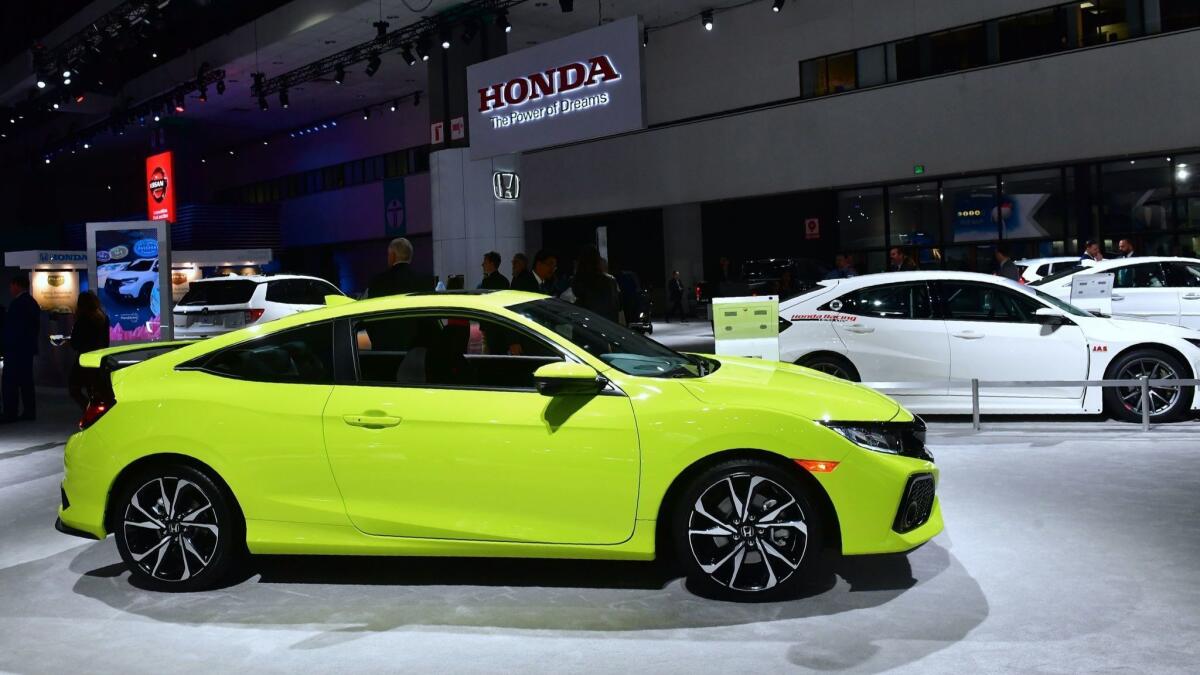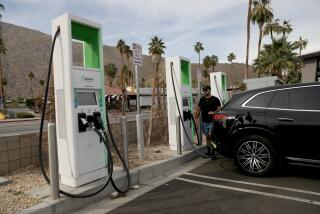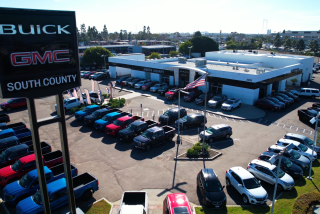Not all sedans are dead, just the American models

The Ford Fusion is an excellent car. First manufactured in 2005, it’s a stylish midsize sedan in the same basic price range as the Honda Civic or the Toyota Camry. The Insurance Institute for Highway Safety named it one of its top safety picks for 2017. It gets decent gas mileage. Edmunds.com, which rates autos, gave it high marks, praising the “comfortable interior, user-friendly tech and great driving dynamics” of the 2018 model.
In 2013 and 2014, years in which the price of oil hovered around $100 a barrel, Ford sold 295,000 and 307,000 Fusions, respectively. Although the price of oil dropped drastically in 2015, Ford still sold 300,000 Fusions. But last year that number fell by almost 100,000 cars. If current trends continue, Ford will sell no more than 180,000 Fusions when 2018 ends.
With the recent news that both General Motors Co. and Ford Motor Co. will soon be exiting the sedan market in the U.S., to focus on high-margin trucks and SUVs, I got to wondering just how badly things have deteriorated for the U.S. carmakers. The answer is: very badly.
The Ford Fusion, it turns out, is the bright spot in the company’s array of sedans. More typical was the Ford Focus, which saw sales drop from 235,000 in 2013 to an estimated 115,000 in 2018.
At General Motors, the picture is just as ugly. The Chevrolet Cruze — that’s the car made in the Ohio factory the company is shutting down, to the great annoyance of President Trump — saw sales drop from a peak of 273,000 in 2014 to a likely 145,000 in 2018. The Chevy Impala topped 300,000 in sales in 2007. The number was under 76,000 last year. And so on.
Much of the analysis about Ford’s and GM’s exit from the sedan market emphasized that sedan sales have lost ground in recent years “as consumers have gravitated toward pickup trucks and sport-utility vehicles,” as the New York Times put it.
And that is certainly true. Of the top 20 best-selling vehicles in the U.S. so far in 2018, 14 are either trucks or SUVs. According to the Wall Street Journal, sedans made up 50% of the U.S. market as recently as five years ago; today that number is down to a third.
But it’s not like nobody’s buying sedans. The Toyota Camry and Corolla sold a combined 700,000 cars in 2017. Ditto the Honda Civic and Accord. And the Nissan Altima and Sentra came in at around 475,000 last year. If you look at the historical sales figures of the top Japanese sedans, you’ll see a small decline in recent years, but nothing like the big drop-off in sales that has hammered the American companies.
So in addition to the overall decline in sedan sales, there is a second, largely overlooked, dynamic taking place: Americans have only stopped buying American sedans, not Japanese sedans. This is so even though cars like the Ford Fusion are as good as any Japanese sedan. But why?
Not long ago I wrote a column pointing out that the seeds of Sears’ destruction were sown not in 2003, when the hedge fund manager Eddie Lampert took control of the company, but decades earlier, when its management failed to understand the nature of upstart competitors like Walmart Inc. The same, I’m convinced, is true of the U.S. auto companies.
Think back to the early 1970s, when OPEC imposed its oil embargo, causing Americans to care for the first time about gas mileage. The U.S. car companies were caught flatfooted, but Honda and Toyota were perfectly positioned. The Honda Civic, for instance, got 39 miles a gallon, according to “Engines of Change,” Paul Ingrassia’s history of the auto industry. Like Sears, the U.S. car companies had never taken this new competition seriously, and they were about to pay the price.
Once Americans began driving Hondas and Toyotas, they discovered that these cars had a lot more going for them than just gas mileage — they broke down infrequently, could last for hundreds of thousands of miles, and were even fun to drive. In 1978, the legendary auto writer Brock Yates, who had long championed the American muscle car, admitted in Car and Driver magazine that he owned a Honda Accord. “A wide body of customers exists for a car that embodies proper integration of form and function, a car that works,” he wrote. To Ingrassia, “this was the automotive equivalent of Nixon going to China.”
Meanwhile, the American automakers raced to come out with their own small, fuel-efficient sedans. But their products were often shoddy, poorly designed and technologically deficient. It was during this time that it became commonplace to scorn U.S. cars as inferior to Japanese autos. And they were. In 1981, when Ford adopted the slogan “Quality is Job 1,” it was an acknowledgment that its cars left much to be desired.
Today, American sedans are vastly improved. The Edmunds review of the 2018 Cruze described it as having “an appealing mix of technology and safety features” as well as “a ride quality that is both sporty and comfortable.” Its review of the Chevy Impala took note of its “smooth ride quality,” “spacious interior” and “plenty of power.”
It doesn’t matter. Most car reviewers still rate Japanese cars like the Accord and the Camry a bit higher than American sedans. The Big Three have never been able to convince the reviewers — or, more importantly, the car-buying public — that their sedans were as good as their Japanese competition. To put it another way, the American car companies have never been able to shed the reputation they gained in the 1970s for making lousy sedans.
What’s more, most sedans are bought in big cities where trucks make no sense. City dwellers by and large are globalization’s winners. They — we — are far more likely to stick with the Japanese sedans we’ve been buying for years than switch to an American car. The tug of nationalism is nonexistent. (Of course it doesn’t hurt that most Japanese cars sold in the U.S. are made in the American South.)
The American car companies now say they are going to count on profits from trucks and SUVs while moving toward autonomous and all-electric vehicles. They had better hope that transition takes place quickly. I couldn’t help noticing that while the top-three-selling vehicles in the U.S. are, indeed, American-made trucks, No. 4 on the list is Nissan’s top SUV, the Rogue, the sales of which have gone from 18,000 in 2007 to 403,000 last year. No. 5 is a Toyota SUV, the Rav4 (407,000 in 2017). No. 6 is the Honda CR-V (378,000).
And the leading American SUV? It’s the Chevy Equinox. Last year, Chevrolet sold 290,000 of them — 100,000 fewer than the Toyota Camry.
Joe Nocera writes a column for Bloomberg.
More to Read
Inside the business of entertainment
The Wide Shot brings you news, analysis and insights on everything from streaming wars to production — and what it all means for the future.
You may occasionally receive promotional content from the Los Angeles Times.










